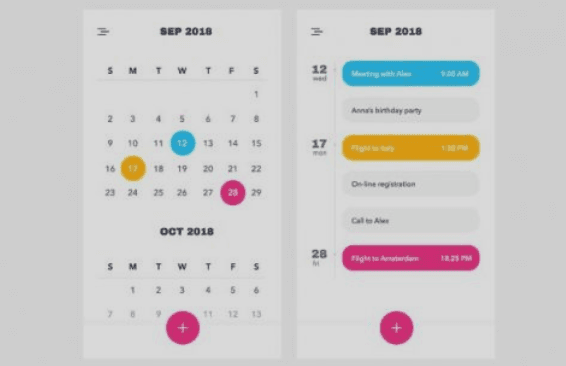Batching for productivity
Batching is a common productivity strategy - group similar tasks together so your brain doesn't tire with too much context switching.
For example, to break your day into three-to four-hour work sessions with two- to three-hour breaks or naps in between. That way, you can focus on specific tasks during each session.
351
1.06K reads
CURATED FROM
IDEAS CURATED BY
Always appreciate the time you get, because you never know how much longer it`ll last.
The idea is part of this collection:
Learn more about timemanagement with this collection
How to manage workplace stress
How to prioritize and make better decisions
How to learn anything fast
Related collections
Similar ideas to Batching for productivity
2. Task Batching
- Task batching is when you batch similar tasks together so you can do them all at once.
- By focusing on like items together you can create a more con...
Organization methods
Once you know what you’ll focus on, you’ll need a daily structure for staying focused on it. You may not be able to eliminate context switching from your day entirely, but these strategies will help you cut down on the number of times you have to shift your attention:
- ...
Read & Learn
20x Faster
without
deepstash
with
deepstash
with
deepstash
Personalized microlearning
—
100+ Learning Journeys
—
Access to 200,000+ ideas
—
Access to the mobile app
—
Unlimited idea saving
—
—
Unlimited history
—
—
Unlimited listening to ideas
—
—
Downloading & offline access
—
—
Supercharge your mind with one idea per day
Enter your email and spend 1 minute every day to learn something new.
I agree to receive email updates
